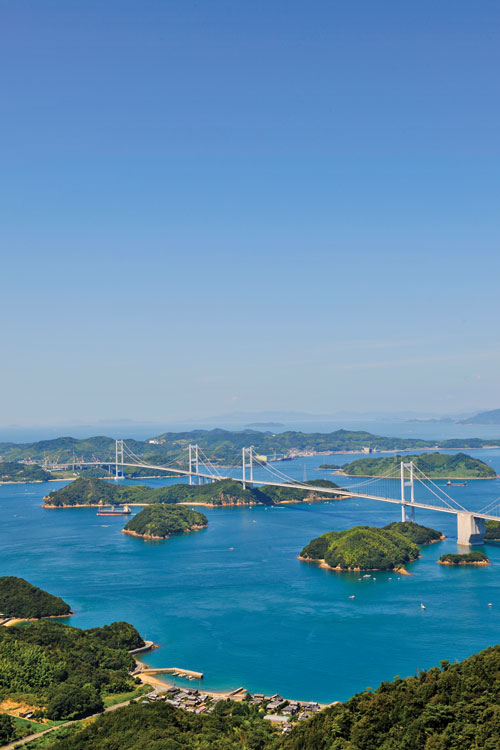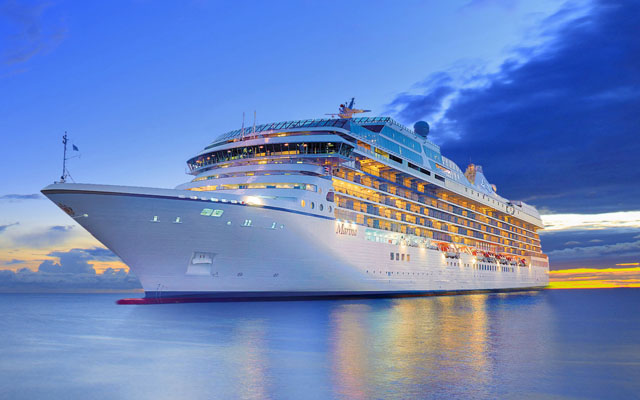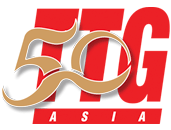Primarily visited by domestic tourists, the smallest of Japan’s four main islands is working hard to grow its appeal to international visitors.

The eastern prefectures of Shikoku – arguably one of the least-known and most underappreciated areas of Japan – are rolling out the red carpet to foreign visitors.
“We definitely think that low recognition is a problem,” admitted Kanako Maeda, head of the International Strategies Division, Tokushima Prefectural Government.
“Unlike Tokyo and Osaka, not a lot of people know about Tokushima,” she said. “We are working hard to relay as much information as we can, so more people know about Tokushima and want to visit.
“At the same time, we will continue to improve the situation in the prefecture for foreign visitors, such as placing signs in more languages.”
Other incentives include new subsidies of up to 50 per cent for coach charters and similar assistance for rental car tours.
The three prefectures of Tokushima, Kagawa and Kochi – often overlooked by overseas visitors – make up the eastern reaches of the smallest of Japan’s four main islands, and local tourism operators are hoping to build on their relative proximity to Osaka.
“Most people do the Golden Route of Tokyo, Kyoto and Osaka when they come to Japan, particularly if they are first-time visitors, but we are less then two hours by bus from Osaka and visitors can see something here that can only be seen in two other places in the world,” said Kazuko Kifuku, manager of Onaruto Bridge Museum Eddy.
In the narrows between the north-east tip of the prefecture and Awaji Island, powerful ocean currents generate massive tides and whirlpools, many ranging up to 20m in diameter. The only other places in the world where such potent currents come together is off Vancouver in Canada and in the Straits of Messina, between Sicily and the Italian mainland.
“Most of our foreign visitors are from Asia, and tourists from China, Taiwan and South-east Asia tend to travel in groups,” Kifuku added. “People from Hong Kong, Europe and North America seem to prefer to travel independently, and we are keen to reach out to both groups.”
Activities in Tokushima include taking a small boat along the Oboke Gorge or soaking in the hot springs of nearby mountain towns. For the more adventurous, activities like whitewater rafting, traversing the vine bridges of the Iya Valley and surfing off the southern coast await.
The prefecture is also home to the Shikoku Pilgrimage, a 1,400km route that links 88 sacred sites on the island.
But it is the 400-year-old Awa Odori festival for which the prefecture is most famous for. Held over three days in mid-August, the event attracts some 1.3 million visitors to Tokushima City each year to see men and women in brightly coloured kimonos and distinctive pointed hats dance through the streets.
On the north coast of Shikoku, Kagawa Prefecture includes dozens of islands that are linked by ferries.
The largest island is Shodoshima, which is effectively a miniature version of Shikoku. A cable car rises through Kankakei Gorge to the highest point on the island. The island also boasts traditional terraced rice paddies at Nakayama, somen noodles still stretched by hand in Hiraki, traditional soy sauce factories and the Michi-no-Eki Shodoshima Olive Park.
“We are trying to let more foreign visitors know about our island because most people who come here at the moment are domestic Japanese travellers,” said Mizuki Shimamoto of the Shodoshima Tourism Association.
“We are promoting ourselves through social media sites, websites, booklets and TV shows, while I am teaching some local people in the tourism sector to speak English. It’s a start and we’re hoping that it will bring more people to this part of Japan,” Shimamoto added.
This article was first published in TTG Asia, January 8, 2016 issue, on page 19. To read more, please view our digital edition or click here to subscribe.




















